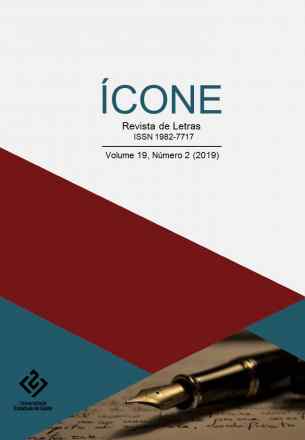CONSTRUÇÕES LOCATIVAS E CONSTRUÇÕES EXISTENCIAIS NA LÍNGUA DE SINAIS BRASILEIRA
Ícone
CONSTRUÇÕES LOCATIVAS E CONSTRUÇÕES EXISTENCIAIS NA LÍNGUA DE SINAIS BRASILEIRA
Autor Correspondente: Hildomar José de Lima | [email protected]
Palavras-chave: Construções locativas, Construções existenciais, Predicado copulativo.
Resumos Cadastrados
Resumo Português:
Neste artigo se discute sobre construções com predicados locativos e construções existenciais na Língua de Sinais Brasileira (LSB). A discussão é feita com base na noção dessas duas categorias de construções apresentada por Dryer (2007). O corpus se constitui de narrativas livres coletadas de surdos adultos fluentes em LSB. Observou-se inicialmente que, na LSB, as construções locativas são caracterizadas pelo uso do sinal ‘ter’, que pode indicar localidades ou estado, tratando, possivelmente, de sentenças com predicado copulativo nessa língua. As construções existenciais, por sua vez, caracterizam-se pelo uso do sinal ‘vida/viver’, que evidencia a existência apenas daquelas entidades com traço semântico humano, sem necessariamente envolver uma locação.
Resumo Inglês:
In this paper we discuss constructions with locative predicatives and existential constructions in the Brazilian Sign Language (BSL). The discussion is done based on the notion of these two categories of construction presented by Dryer (2007). The corpus is constituted by free narratives collected from deaf adults who are fluent in BSL. We initially observed that, in BSL, locative constructions are characterized by the usage of the sign ‘ter’, which may indicates localities or state we are dealing with sentences with a copulative predicative. Existential constructions, on the other hand, are characterized by the usage of the sign ‘vida/viver’, which shows the existence of only those entities with a human semantic trait, without necessarily involving location.

